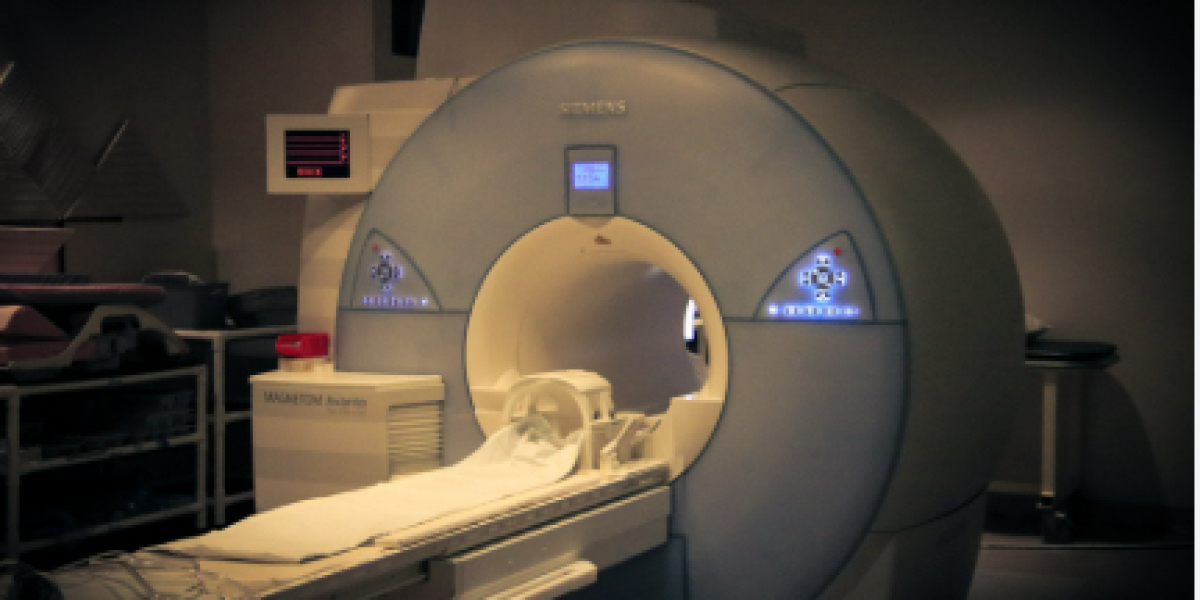For many Nova Scotians, the Halifax Infirmary is the first place they think of when they need advanced imaging — MRIs, CTs, ultrasounds and nuclear medicine. Lately, however, headlines and patient stories have focused on long waits, staffing shortages, and the emotional toll of delayed diagnosis. This article explains what’s happening with halifax infirmary diagnostic imaging, why waits have grown, what the health system is doing to help, and practical advice for patients who need scans now.
How bad are the waits — the data
Provincial data and union reporting paint a stark picture. In 2024 the Nova Scotia Government Employees Union (NSGEU) reported that wait times for ultrasound in the Central Zone — which includes Halifax Infirmary (QEII) — were dramatically long: roughly 364 days for 90% of referred patients at QEII, and a provincial average of about 320 days for many ultrasound referrals. Those figures represented dramatic year-over-year increases and alarmed both clinicians and patient advocates.
MRI waits have also generated concern, prompting the provincial government to add MRI capacity. In May 2024 Nova Scotia announced four new MRI machines and partnerships to reduce backlogs; in September 2024 a new MRI suite at the halifax infirmary diagnostic imaging became operational to help improve access. These investments aim to shorten delays, but capacity increases take time to translate into shorter waits for every patient.
Why waits have increased: roots of the problem
Several forces combined to create the current access crunch at halifax infirmary diagnostic imaging:
- Staffing shortages: Sonographers, MRI technologists and radiologists are in short supply across Atlantic Canada. Vacancies increase overtime pressure on existing staff and reduce daily scan throughput. The NSGEU highlighted the staffing shortfalls as a primary driver of long ultrasound waits.
- Surging demand: An aging population, more chronic disease surveillance, and catch-up demand after the pandemic have all increased imaging referrals.
- Equipment lifecycle and capacity: Older scanners need replacement or maintenance; even when new machines are added, scheduling, installation and staffing are required before they expand capacity. The Halifax Infirmary’s new MRI suite and the province’s StarGuide nuclear medicine scanner purchases illustrate the equipment side of the solution.
- Referral management: Inefficient referral management can create bottlenecks; moving to electronic referrals (eReferrals) for MRI and ultrasound is intended to reduce lost or duplicated referrals and improve scheduling transparency.
What the health system is doing right now
The provincial government and QEII Health Sciences Centre have rolled out several initiatives intended to address the problem:
- More scanners and upgraded suites. The addition of new MRI machines and the opening of a new MRI suite at Halifax Infirmary increase theoretical capacity and improve imaging quality — both needed steps to reduce diagnostic backlog.
- eReferrals for better coordination. Nova Scotia’s eReferral system now includes MRI and ultrasound referrals, allowing providers and patients to track referral status and receive automated notifications when appointments are booked — an important transparency improvement.
- Mobile MRI unit. The QEII Foundation and partners are bringing a mobile MRI unit to Nova Scotia in 2025 to provide supplemental scanning capacity (projected to deliver roughly 4,000 additional scans a year). Mobile MRI is a short-to-medium term strategy to relieve pressure while permanent capacity is expanded.
- Partnerships with private providers. In some cases, public–private collaborations have been deployed to clear urgent backlogs while public capacity catches up.
Taken together these measures are practical and evidence-based — but they also require time, hiring, training, and operating budgets before most patients see dramatically shorter waits.
How long will it take to see improvement?
There isn’t a single answer: new scanners must be installed and staffed, eReferral workflows must be optimized, and mobile MRI rotations must be scheduled and integrated. Some improvements — like clearer referral status via eReferrals — can help patients immediately by reducing administrative delays. Other solutions, such as workforce growth and the effect of new MRI capacity on wait lists, will show benefits over months rather than days.
What patients can do today (practical steps)
If you or a loved one need imaging at halifax infirmary diagnostic imaging, here are practical steps to manage the process:
- Talk with your referring clinician about urgency. Ask whether the scan is time-sensitive and whether triage categories apply. Clinicians can flag urgent referrals to expedite scheduling.
- Provide accurate contact information and an email address for eReferral notifications. The eReferral system can notify you when appointments are booked or changed so you don’t miss openings.
- Ask about alternative modalities. In some cases an ultrasound or CT can answer the clinical question faster than MRI (or vice versa). Discuss whether a different test could be appropriate and quicker.
- Consider geographically broader options. If feasible, ask whether other Nova Scotia centres have shorter waits. Mobile MRI deployments may also create temporary local opportunities.
- Ask about private options if timely diagnosis is essential. Private imaging clinics can offer expedited scans but may charge fees; check whether your insurance covers private imaging.
- Keep copies of prior imaging and reports. Sharing previous scans can reduce repeat imaging and speed interpretation.
Patient experience beyond wait times
Wait times are only part of the experience. Patients tell reporters and unions that long waits create anxiety, delay treatment plans, and sometimes mean diseases progress before they are diagnosed. The Halifax Infirmary and provincial leaders have acknowledged that timeliness affects outcomes — especially for cancer diagnosis and urgent surgical pathways — and this recognition is why investments in equipment and process improvements have been prioritized.
How clinicians and managers can help
Addressing prolonged waits sustainably requires a mixture of short- and long-term strategies:
- Recruitment and retention: Competitive wages, training seats and return-of-service incentives for sonographers and MRI technologists.
- Workflow redesign: Prioritizing urgent cases, optimizing scanner scheduling, and standardizing requisitions.
- Technology adoption: Use of reporting automation, AI triage tools, and improved PACS workflows to increase throughput without sacrificing quality.
- Community partnerships: Mobile MRI and strategic private partnerships to relieve peak demand.
Nova Scotia Health’s reporting shows the system is moving in these directions — yet implementation and scale remain the core challenges.
Bottom line
The situation with halifax infirmary diagnostic imaging reflects a complex mix of rising demand, workforce shortages, and finite equipment capacity. Provincial investments — new MRI suites, additional scanners, eReferrals and a planned mobile MRI — represent solid responses that should reduce waits over time. But patients currently facing long delays need practical guidance: work with referrers to communicate urgency, use eReferral notifications, and consider alternatives when clinically appropriate.
If you want help preparing questions for your clinician or a checklist to manage an imaging referral at Halifax Infirmary, I can draft one tailored to your needs (e.g., cancer workup, orthopedic scans, or prenatal imaging).

















